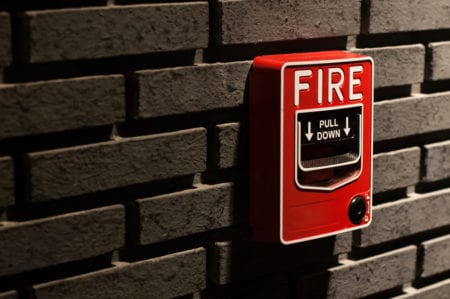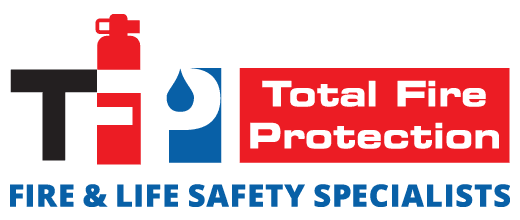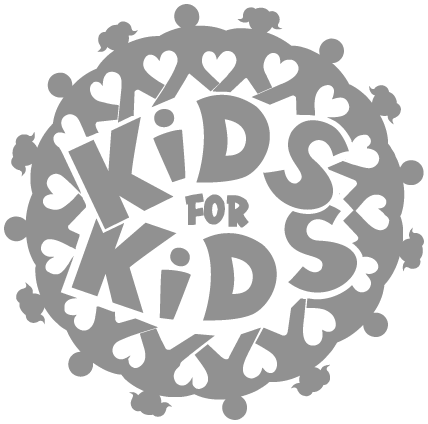
Commercial fires are every business owner’s worst nightmare. According to the United States Fire Administration, there were 1,318,500 fires in 2018, with about $25.6 billion in damages. Of these fires, 103,600 happened in commercial buildings. These numbers are staggering, especially considering how many of these fires were preventable.
But we can only change the future, not the past. And as the owner or manager of a commercial building, only you can prevent a catastrophic fire from happening in your building. In this post, we’re going to discuss the top three causes of building fires, and the systems and services you can use to prevent fires.
The Top Three Causes of Building Fires
Cooking fires are the source of most fires in nonresidential buildings. While almost every restaurant fire begins in the kitchen, even non-restaurant businesses are plagued by kitchen fires. Often, a kitchen fire ignites because of a lack of ventilation and the accumulation of grease.
Human error is the second-largest contributor to building fires. Sometimes, people forget to turn off a space heater, discard a cigarette butt in the wrong place, or overextend an electrical cord. Unfortunately, these mistakes can be costly. According to FEMA, careless mistakes cause 11.5% of nonresidential fires and millions in damages per year.
Electric malfunction is the third-largest contributor to commercial building fires in the United States. Electrical failures can result from a lack of proper maintenance, an unexpected problem, or a power surge. With routine maintenance on your electrical system, you can make sure your building is at minimal risk of a fire.
Three Types of Fire Suppression Systems
Sprinkler Systems can extinguish a fire before they threaten anything in your building. Sprinkler systems are perhaps the most popular fire suppression system. They’re affordable and quick to react, but they may not be the best choice if your building has sensitive equipment.
Pre-Action Systems act like sprinkler systems, except that water is not held within the pipes. Before extinguishing fires, a pre-action valve must switch on for the water to release. Pre-action systems are recommended in libraries, data centers, and other sensitive areas.
Clean Agent Systems use a non-water agent to extinguish fires. Instead, it uses one of several chemicals, which are each harmless to the environment, non-toxic for humans, and effective at extinguishing fires.
Besides installing and maintaining a fire suppression system, your company should take advantage of life safety services like safety signage, fireproofing, and egress lighting.
Are you ready to mitigate the risk of fire in your commercial building? If so, check out our consolidated fire protection life safety services today.




